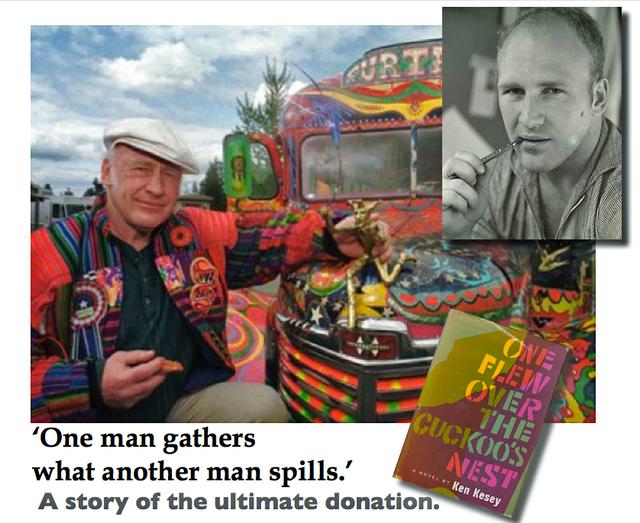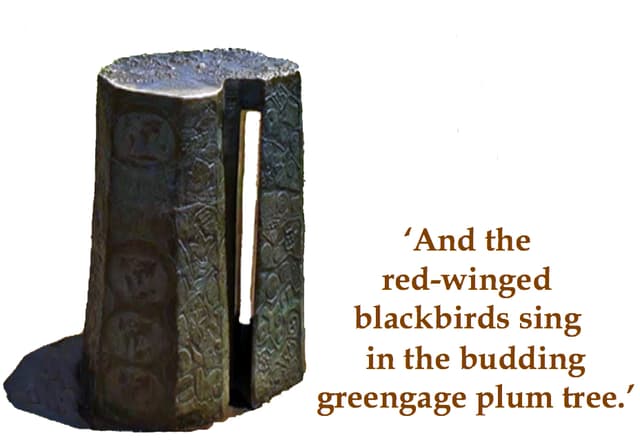Sharing the unspeakable: the ultimate donation
- Written by
- Ken Burnett
- Added
- July 22, 2015
At one of SOFII’s OUIWITOT events in London, Ken Burnett opened proceedings with a story of how one writer, faced with an almost unspeakable tragedy, found the strength and courage to write about it in intimate, personal terms, so creating a most moving, raw and inspirational piece of fine writing, a story so striking it’s sure to stay with you.

Here is a single fundraising big idea I admire and envy, told as a story in seven minutes.
The big idea here is storytelling itself – fine writing, the telling of a moving human story presented with power and passion to move people to action.
This is someone else’s story, not mine.
This is what fundraisers do. We tell other people’s stories: powerfully, passionately, to move them to action. The big idea here is finding a story that will really inspire people, then telling it well. The truth, told well, is the key to inspirational fundraising.

It’s Ken’s worst nightmare, but the Ken in this story is Ken Kesey, author of the exceptional novel One Flew Over the Cuckoo’s Nest.
This is the story of Ken’s son, Jed, fatally injured in a road accident. It is an edited extract from a letter Ken Kesey wrote to his friends and family, to tell them what had happened. He called it 'One man gathers what another man spills’. The letter was to raise money for a permanent memorial to Jed to be built on the hillside in Oregon, USA where the accident happened.
The story stopped me in my tracks, then stuck with me so I couldn’t shake it off.
It describes vividly a version of my, and every parent’s, worst nightmare. You don’t have to be a parent to appreciate it.
One man gathers what another man spills.
The phone rang in the nurses’ quarters. It was the doctor, for me. He had just appraised all the latest readouts on the monitors. “
‘Your son is essentially dead, Mr. Kesey. I’m very sorry.’
And the sorrow rung absolutely honest. Then the doctor asked a strange thing. He wanted to know what kind of kid Jed was. Zane and I both demanded what he meant. He said he was wondering how Jed would have felt about being an organ donor. Our hearts both jumped.
‘He would love it! Jed’s always been as generous as they come. Take whatever you can use!’
The doctor waited for our elation to ease down, then told us that to take the kidneys they had to take them before the life support was turned off. Did we understand? After a while we told him we did.
So Faye and I had to sign five copies apiece, on a cold Formica countertop, while the machine pumped out the little ‘beep...beep...beep...’ in the dim tangle of technology behind us. In all my life, waking and dreaming, I’ve never imagined anything harder.
Everybody went in and told him goodbye, kissed his broken nose, shook his hand, squeezed his big old hairy foot...headed down the corridor... We’d all been up for about 40 hours, either in the chapel praying like maniacs, or at his bedside talking to him. We didn’t know if we could sleep.
Chuck and I walked back to the intensive care ward to ask. All the doctors were there, bent over a long list, phoning numbers, matching blood types, ordering nurses...in such a hurry they hardly had time to offer sympathy. Busy, and justly so. But the nurses, the nurses bent over their clipboards, could barely see to fill out the forms.
They phoned the hotel about an hour later to tell us it was over and that the kidneys were in perfect shape. That was about four in the morning. They phoned again a little after six to say that the kidneys were already in two young somebodies.
What a world.
We’ve heard since that they used twelve things out of him, including corneas. And the red-winged blackbirds sing in the budding greengage plum tree.
With love,
Ken
PS. When Jed’s wallet was finally sorted out of the debris and confusion of the wreck it was discovered that he had already provided for such a situation. He had signed the place on his driver’s license indicating that he wanted to be an organ donor in the event of, etc., etc.
One man gathers what another man spills.
From letters of note http://www.lettersofnote.com/2012/09/what-world.html

















